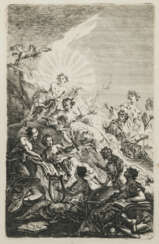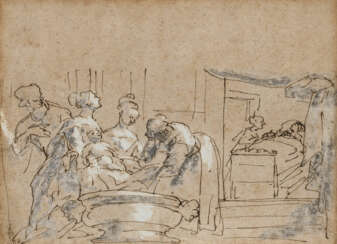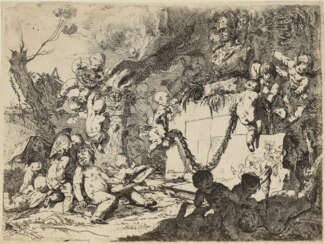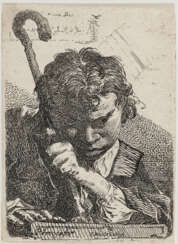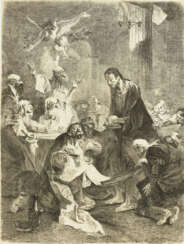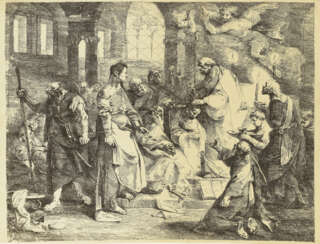
A406: Grafiken und Gemälde des 15.-20. Jahrhunderts

Albrecht Dürer, born on May 21, 1471 in Nuremberg, Germany, is widely regarded as the greatest German Renaissance painter. His contribution to painting and engraving is quite significant and has left a notable mark on the art world. Dürer's early life was spent in Nuremberg, a city that played a crucial role in his development as an artist and was also the site of his death on April 6, 1528. He was the son of the goldsmith Albrecht Dürer the Elder, from whom he initially learned the basics of drawing and metalworking.
Dürer's work is characterized by a combination of Gothic elements with the emerging Renaissance style, which is evident in his woodcuts and engravings. His oeuvre encompasses many themes, including religious works, altarpieces, portraits, and self-portraits. His outstanding prints, such as The Knight, Death and the Devil (1513), St. Jerome in his Study (1514) and Melencolia I (1514), are known for their intricate detail and artistic skill. Dürer was also one of the earliest European landscape painters, as evidenced by his watercolor paintings.
Equally significant are his theoretical writings on mathematics, perspective, and ideal proportions in art. Dürer was not only an artist but also a keen intellectual, his interests encompassing various aspects of culture and science. He served as court painter to Holy Roman Emperors Maximilian I and Charles V, completing several significant art projects for them. Dürer's keen mind and versatile interests brought him into contact with the most prominent figures of his time, including theologians and scientists of the Reformation era.
Dürer's self-portraits are particularly famous, demonstrating not only his artistic skill but also his self-awareness and personal style. These portraits attest to his growing success and confidence as an artist. Dürer's legacy is immense; he influenced not only the art of his time, but also left an indelible mark on the history of European art.
For those interested in the work and legacy of Albrecht Dürer, we recommend subscribing to our updates. Our subscription service is designed to provide information about new sales and auction events related to this remarkable artist. Join us to keep up to date on the latest art and antiques related to Albrecht Dürer.
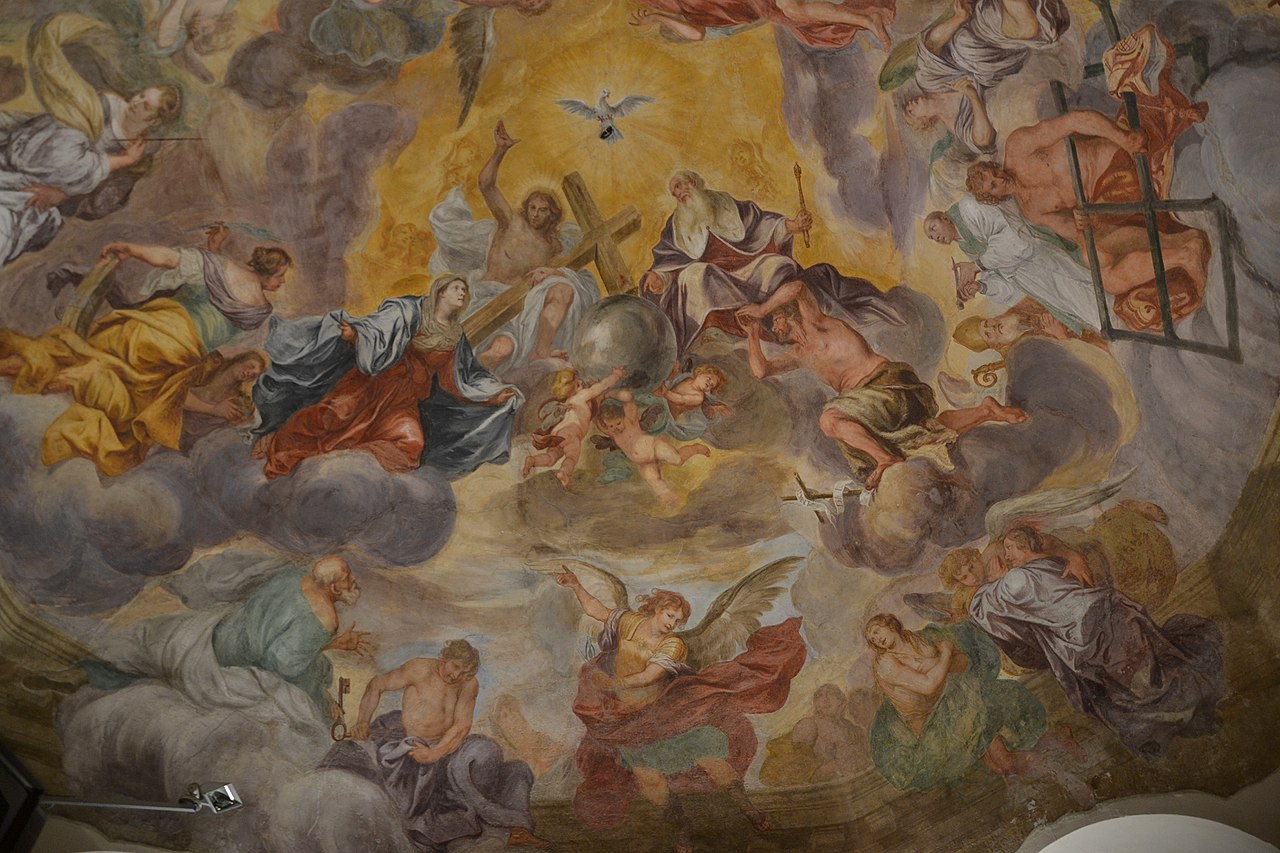
Johann Christoph Storer was a German painter and fresco artist, etcher and draughtsman for copper engraving of the 17th century, who worked for a long time in Upper Italy.
Storer's work coincided with the heyday of Baroque sacred art after the end of the Thirty Years' War.
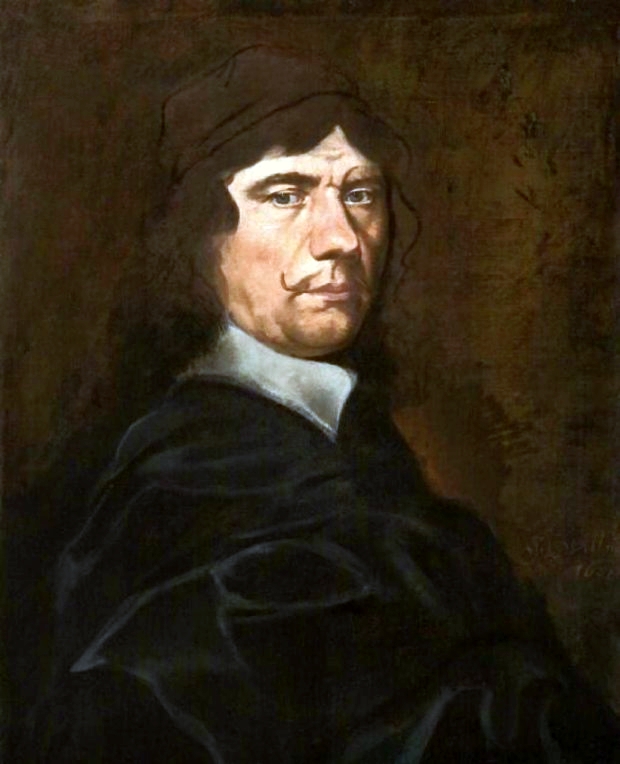
Michael Leopold Lukas Willmann was a German painter of the second half of the 17th and early 18th centuries. He is considered the outstanding painter of Silesia of the Baroque period, and has been called the "Silesian Rembrandt" or "Silesian Raphael".
Willmann became known for his technical mastery as well as the speed with which he executed commissions. During his lifetime he created about 500 paintings and frescoes, of which about 300 have survived to this day. He used a special technique of painting the background and correcting details, which was also used by his pupils. Biblical subjects were at the center of Willmann's work, and his frescoes adorn churches and monasteries in Silesia to this day.
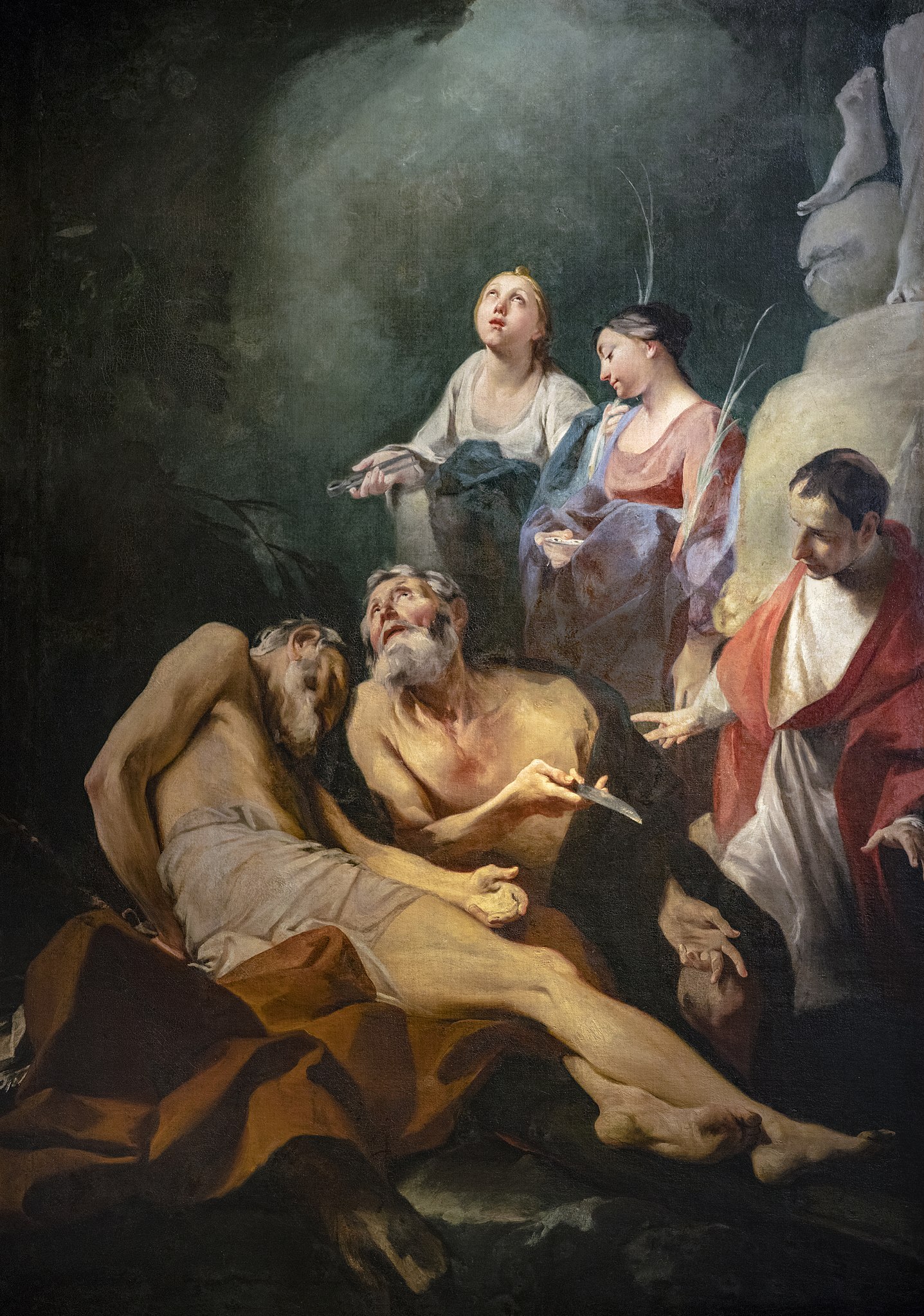
Federico Bencovich, also known as Dalmatino, was a Croatian painter and printmaker.
Federico Bencovich's works covered a variety of genres, including religious and historical subjects, landscapes and portraits. He had a remarkable ability to convey the beauty and subtlety of a subject, endowing his paintings with realism and emotional depth.
Bencovich's style was influenced by the Baroque era, which was characterised by grandiosity, theatricality and a rich use of colour and light. His compositions often feature dramatic scenes and dynamic figures, creating a sense of movement and tension. Bencovich's meticulous attention to detail, skilful rendering of texture and expression are testament to his skill.
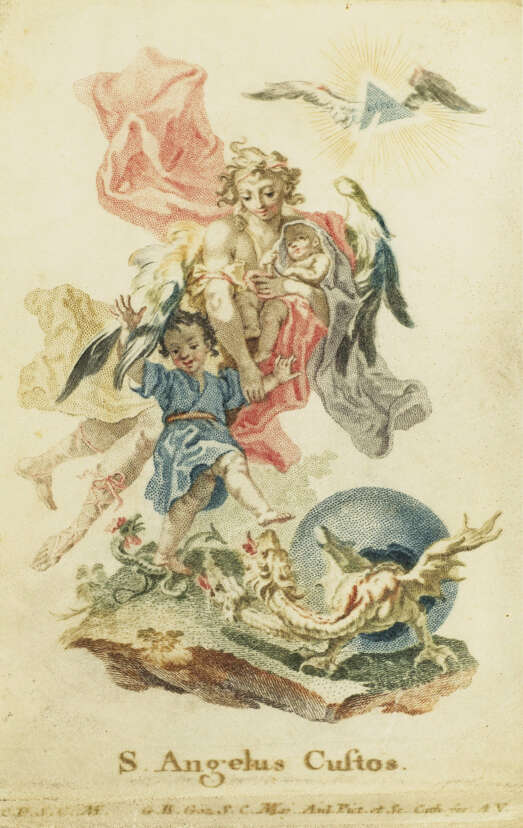
Gottfried Bernhard Göz, also Goez, Goetz, or Götz was a German Rococo painter and engraver.
He worked for many years painting frescoes in chapels and monasteries, and then took up engraving. Göz established his own publishing and engraving business, inventing a printing device that allowed him to produce colorful copperplate prints with shades similar to those of painting.

Gottfried Bernhard Göz, also Goez, Goetz, or Götz was a German Rococo painter and engraver.
He worked for many years painting frescoes in chapels and monasteries, and then took up engraving. Göz established his own publishing and engraving business, inventing a printing device that allowed him to produce colorful copperplate prints with shades similar to those of painting.
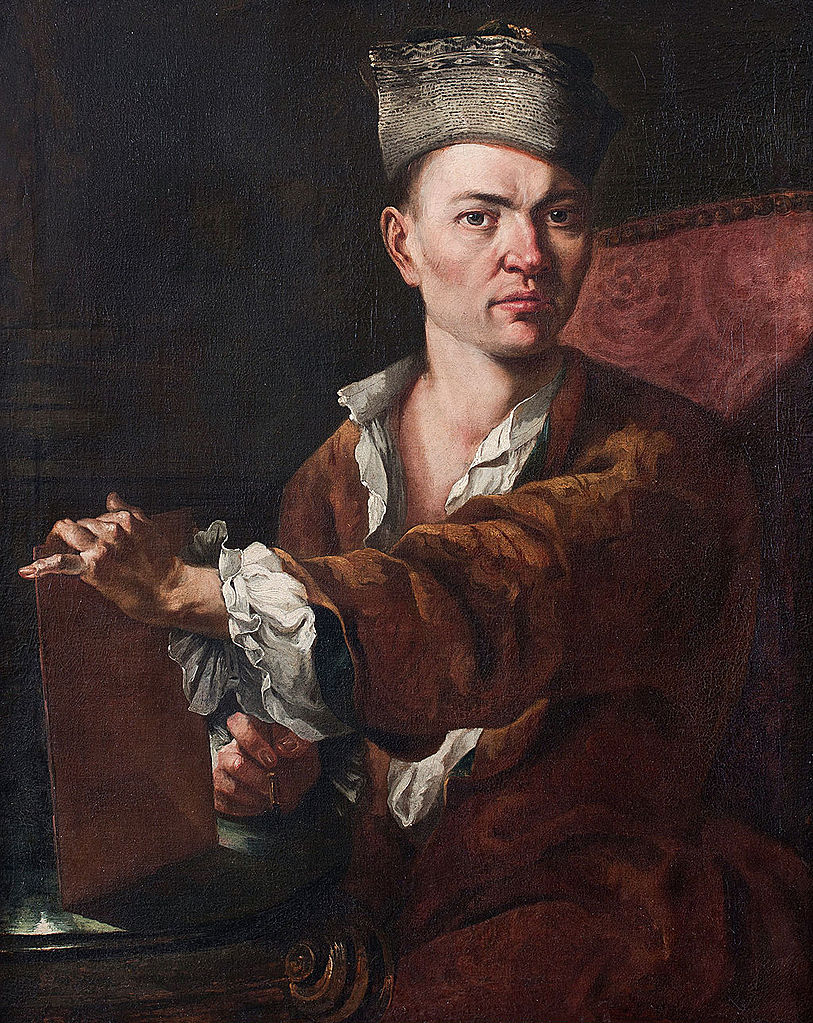
Paul Troger was an Austrian painter, draughtsman, and printmaker of the late Baroque period. Troger's illusionistic ceiling paintings in fresco are notable for their dramatic vitality of movement and their palette of light colors.
Paul Troger’s style, particularly in his frescoes, dominated Austrian painting until the end of the 18th century and profoundly influenced significant artists of the next generation, notably Franz Anton Maulbertsch, Josef Ignaz Mildorfer, Johann Wenzel Bergl and Johann Lucas Kracker.

Paul Troger was an Austrian painter, draughtsman, and printmaker of the late Baroque period. Troger's illusionistic ceiling paintings in fresco are notable for their dramatic vitality of movement and their palette of light colors.
Paul Troger’s style, particularly in his frescoes, dominated Austrian painting until the end of the 18th century and profoundly influenced significant artists of the next generation, notably Franz Anton Maulbertsch, Josef Ignaz Mildorfer, Johann Wenzel Bergl and Johann Lucas Kracker.

Paul Troger was an Austrian painter, draughtsman, and printmaker of the late Baroque period. Troger's illusionistic ceiling paintings in fresco are notable for their dramatic vitality of movement and their palette of light colors.
Paul Troger’s style, particularly in his frescoes, dominated Austrian painting until the end of the 18th century and profoundly influenced significant artists of the next generation, notably Franz Anton Maulbertsch, Josef Ignaz Mildorfer, Johann Wenzel Bergl and Johann Lucas Kracker.

Paul Troger was an Austrian painter, draughtsman, and printmaker of the late Baroque period. Troger's illusionistic ceiling paintings in fresco are notable for their dramatic vitality of movement and their palette of light colors.
Paul Troger’s style, particularly in his frescoes, dominated Austrian painting until the end of the 18th century and profoundly influenced significant artists of the next generation, notably Franz Anton Maulbertsch, Josef Ignaz Mildorfer, Johann Wenzel Bergl and Johann Lucas Kracker.

Paul Troger was an Austrian painter, draughtsman, and printmaker of the late Baroque period. Troger's illusionistic ceiling paintings in fresco are notable for their dramatic vitality of movement and their palette of light colors.
Paul Troger’s style, particularly in his frescoes, dominated Austrian painting until the end of the 18th century and profoundly influenced significant artists of the next generation, notably Franz Anton Maulbertsch, Josef Ignaz Mildorfer, Johann Wenzel Bergl and Johann Lucas Kracker.

Paul Troger was an Austrian painter, draughtsman, and printmaker of the late Baroque period. Troger's illusionistic ceiling paintings in fresco are notable for their dramatic vitality of movement and their palette of light colors.
Paul Troger’s style, particularly in his frescoes, dominated Austrian painting until the end of the 18th century and profoundly influenced significant artists of the next generation, notably Franz Anton Maulbertsch, Josef Ignaz Mildorfer, Johann Wenzel Bergl and Johann Lucas Kracker.
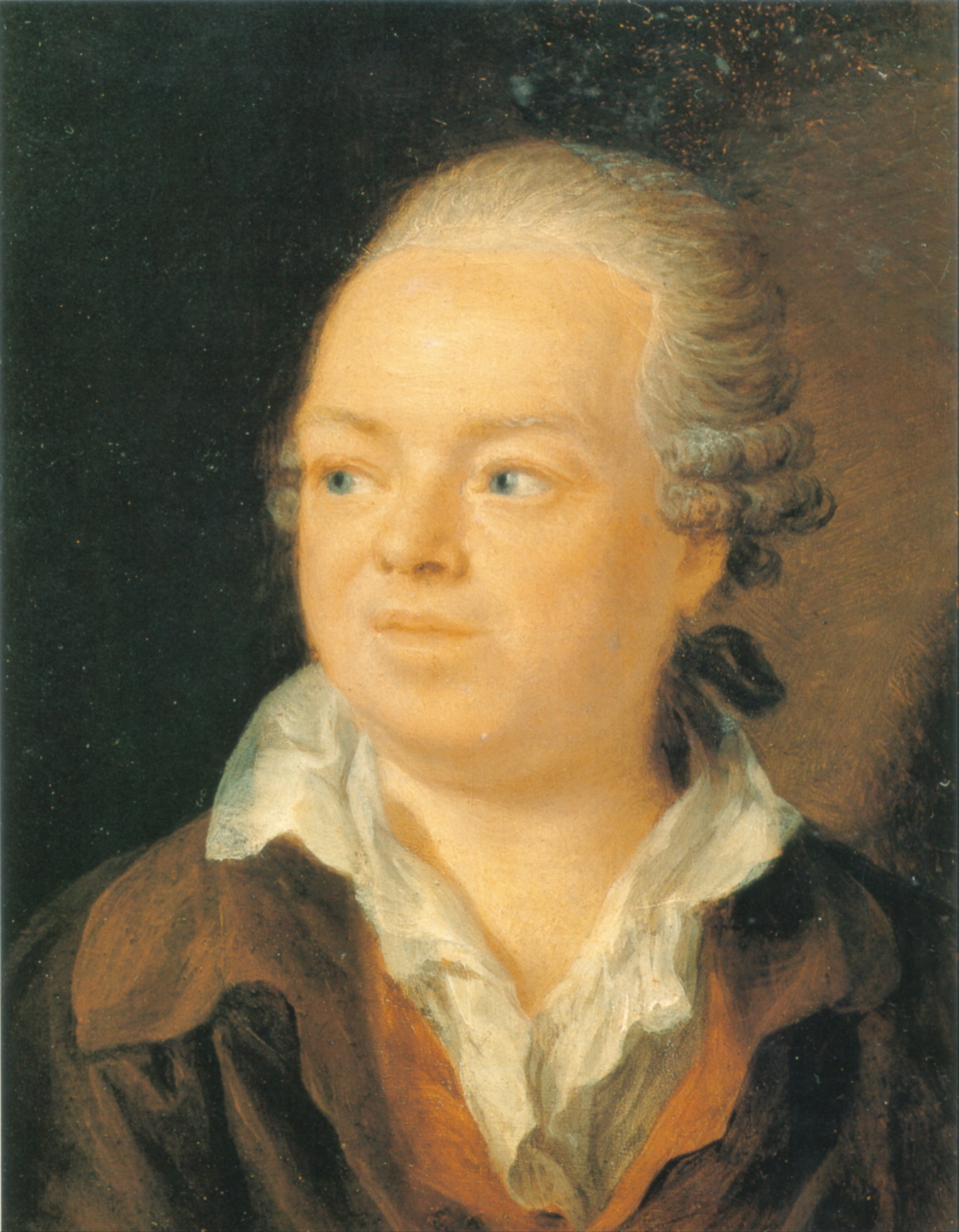
Franz Anton Maulbertsch was an Austrian painter of the second half of the 18th century. He is known as a painter and printmaker, master of frescoes and altarpieces in oil.
Maulbertsch became famous for his unique style, characterized by expressiveness and expressiveness. Working in Vienna, Hungary, Bohemia, Moravia and Italy, he was able, according to critics, to overcome the provincialism of the style of the South German and Austrian artists who had preceded him. Rembrandt's influence also made an imprint on his work.

Franz Anton Maulbertsch was an Austrian painter of the second half of the 18th century. He is known as a painter and printmaker, master of frescoes and altarpieces in oil.
Maulbertsch became famous for his unique style, characterized by expressiveness and expressiveness. Working in Vienna, Hungary, Bohemia, Moravia and Italy, he was able, according to critics, to overcome the provincialism of the style of the South German and Austrian artists who had preceded him. Rembrandt's influence also made an imprint on his work.

Franz Anton Maulbertsch was an Austrian painter of the second half of the 18th century. He is known as a painter and printmaker, master of frescoes and altarpieces in oil.
Maulbertsch became famous for his unique style, characterized by expressiveness and expressiveness. Working in Vienna, Hungary, Bohemia, Moravia and Italy, he was able, according to critics, to overcome the provincialism of the style of the South German and Austrian artists who had preceded him. Rembrandt's influence also made an imprint on his work.

Franz Anton Maulbertsch was an Austrian painter of the second half of the 18th century. He is known as a painter and printmaker, master of frescoes and altarpieces in oil.
Maulbertsch became famous for his unique style, characterized by expressiveness and expressiveness. Working in Vienna, Hungary, Bohemia, Moravia and Italy, he was able, according to critics, to overcome the provincialism of the style of the South German and Austrian artists who had preceded him. Rembrandt's influence also made an imprint on his work.


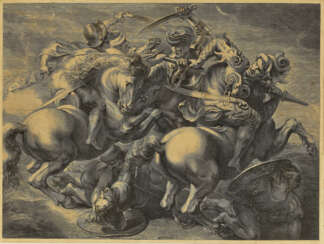

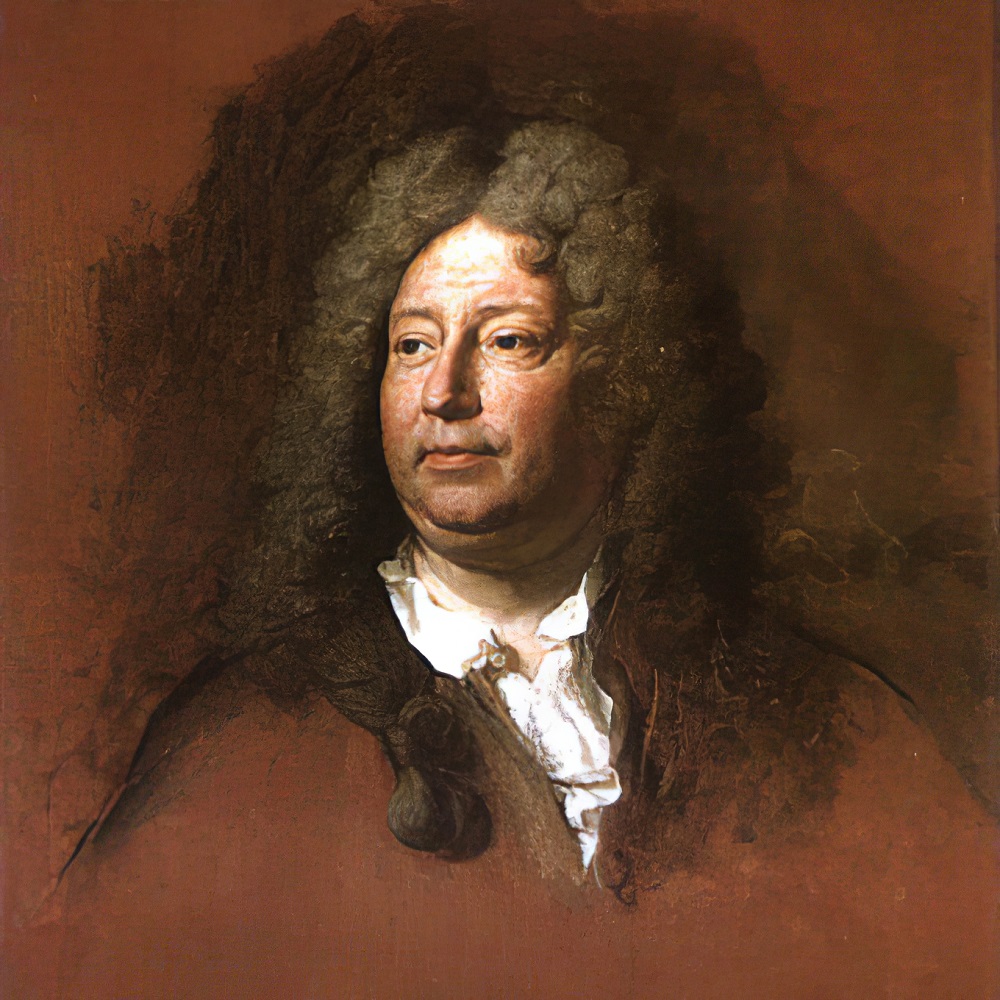






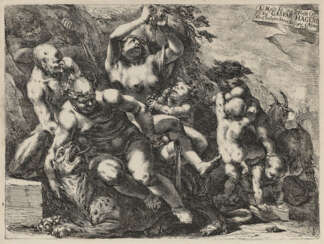

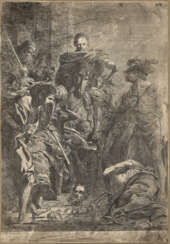



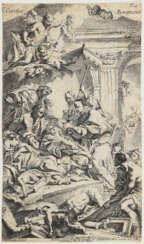

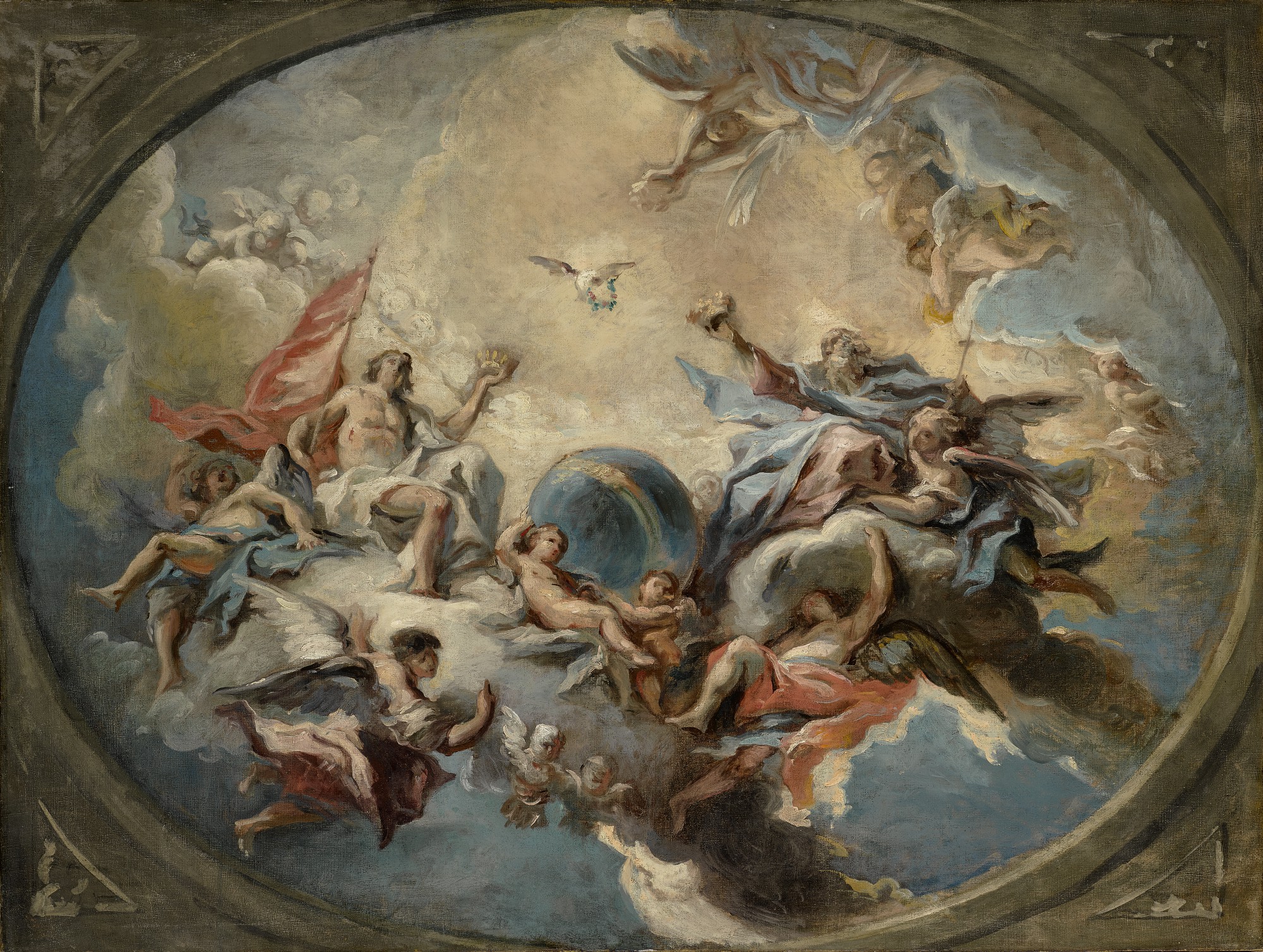




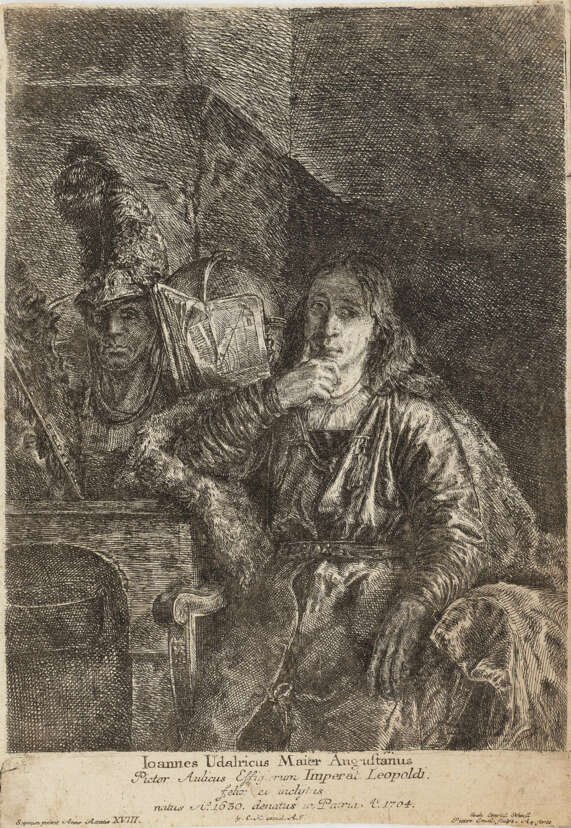


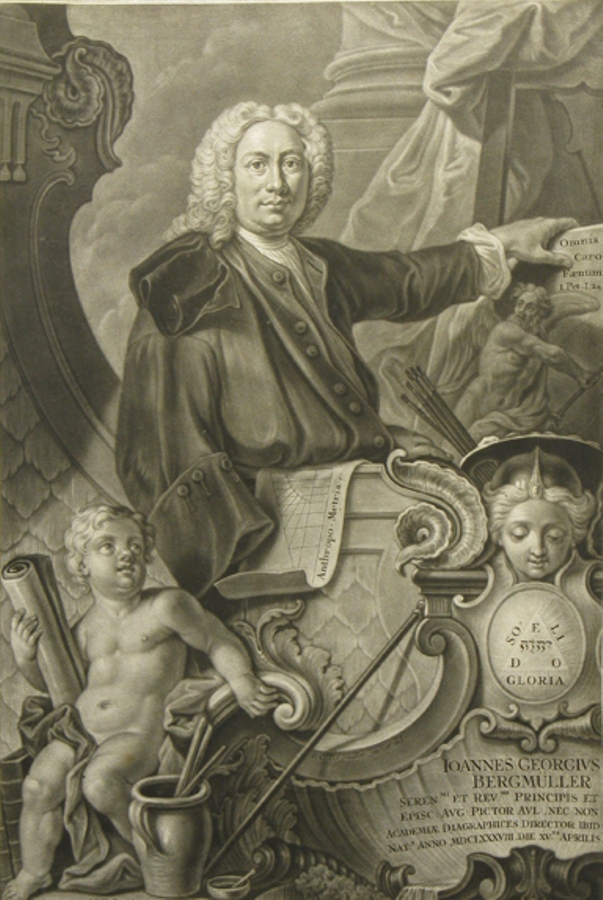
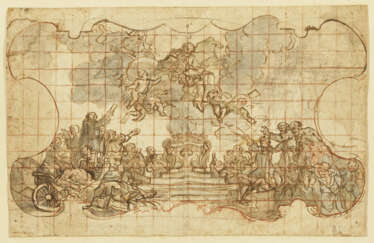

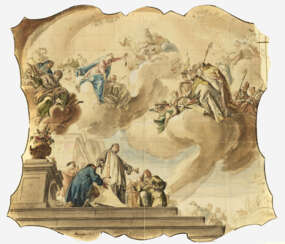

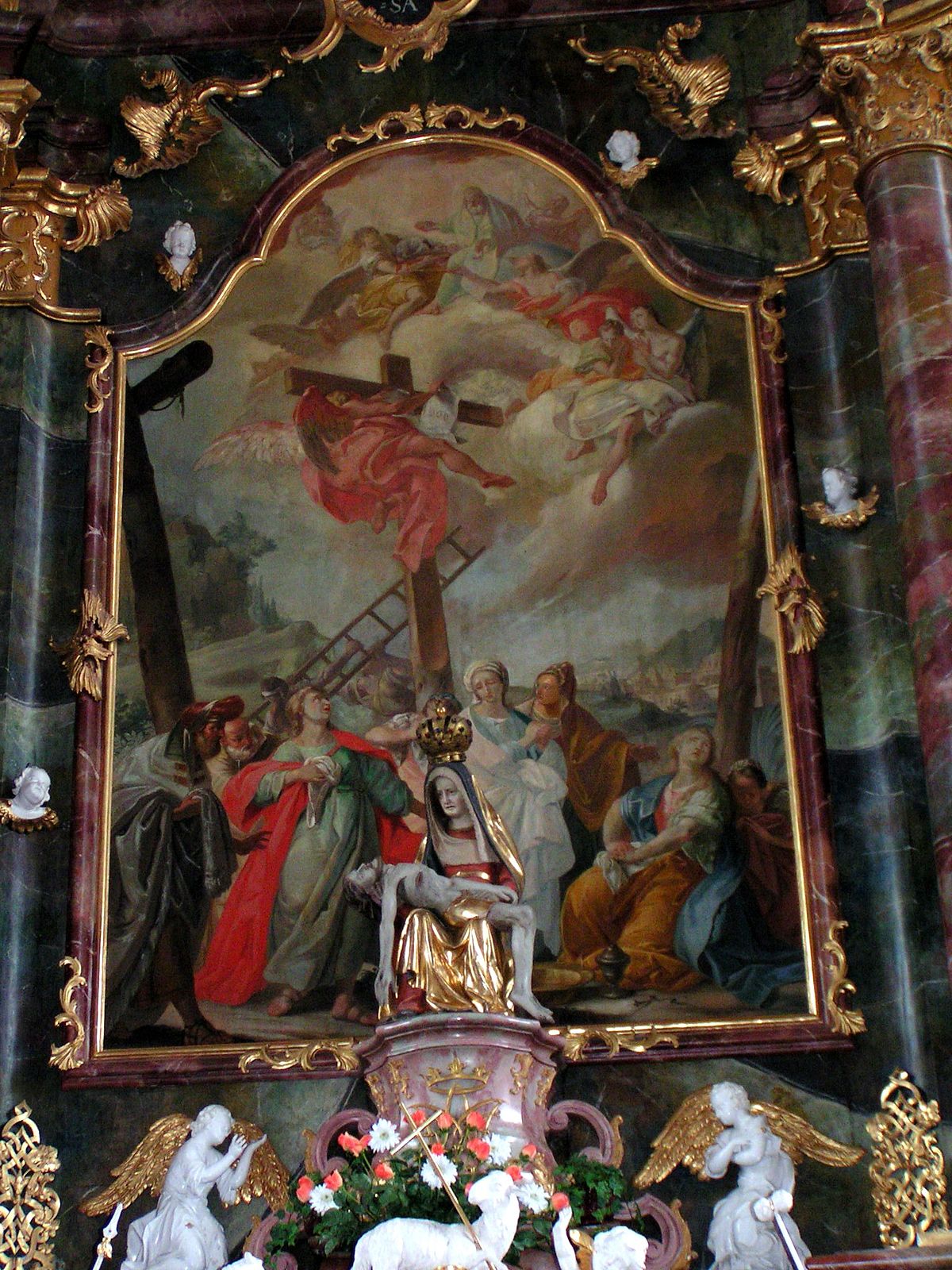




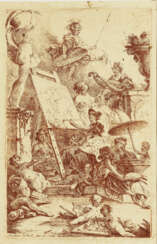

 Wink.jpg)
